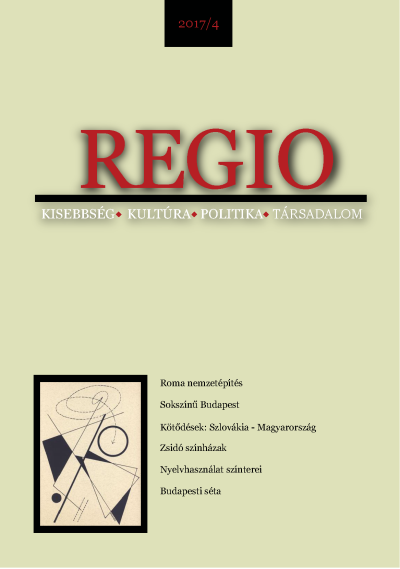Dél-szlovákiai magyar önkormányzatok telefonos nyelvhasználata
Hungarian Self-Governments in South Slovakia
Author(s): Tibor TóthSubject(s): Language studies, Ethnic Minorities Studies
Published by: MTA Társadalomtudományi Kutatóközpont Kisebbsegkutató Intézet
Keywords: Minority language; language rights; language policy; public administration; local government; municipality; survey; telephone communication; Slovakia; Hungarian; Hungarians in Slovakia
Summary/Abstract: This study assessed the use of Hungarian language by the Hungarian municipalities of Southern Slovakia as experienced by those who seek information over the phone in a minority language. We conducted a phone census by contacting all 512 municipalities where the use of Hungarian is permitted (not necessarily guaranteed) by the Minority Language Law. To allow for a comparison, we also contacted the adjacent 194 municipalities. The survey measured the initial and continuing language choice of the municipality as a response to a Hungarian language inquiry. The majority of Hungarian municipalities (62.4%) used Slovak only in their initial response to a phone call. In comparison, 98.8% of adjacent municipalities used only Slovak for their initial response. For Hungarian municipalities, we found a strong association between the initial language used, the total population, the percentage of Hungarians, the bilingual status of the web page and the political party supporting the mayor. An overwhelming majority (97.7%) of Hungarian municipalities continued the telephone conversation in Hungarian once they heard the caller’s introduction and question in Hungarian. A solid 21.7% percent of the adjacent municipalities continued in Hungarian after a Hungarian language prompt. For the Hungarian municipalities, we found a strong association between the choice of the continuing language and the percentage of Hungarian residents. For Hungarian municipalities, we did not find an association between the continuing language and the total population. Considering the evidence, it is clear that Hungarian municipalities do have the capacity to ensure bilingual communication over the phone. Further study is needed to understand why it is not being put to use.
Journal: Regio
- Issue Year: 25/2017
- Issue No: 4
- Page Range: 282-304
- Page Count: 23
- Language: Hungarian

